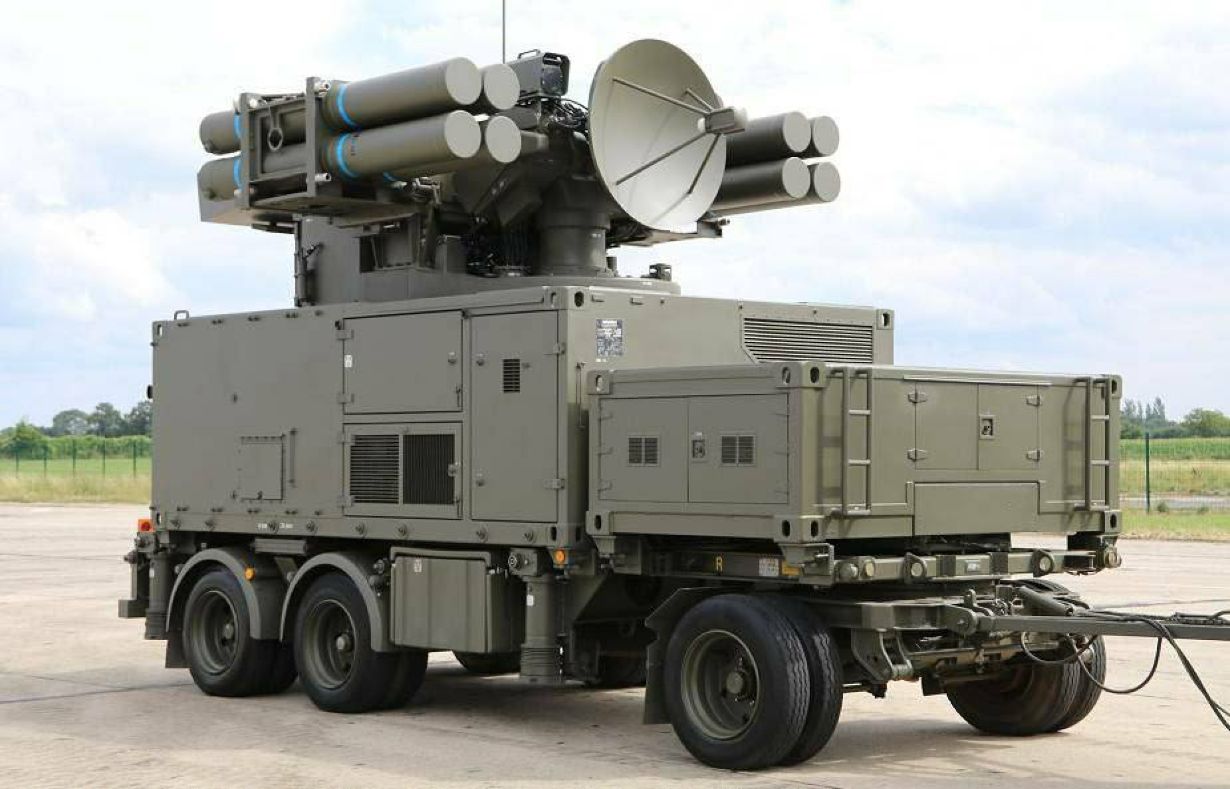The French-supplied Crotale NG short-range air defense system has reportedly now been employed against the Russian military in Ukraine, according to a recent video released by the Ukrainian armed forces.
In December 2022, French President Emmanuel Macron said that France is sending several weapon systems to Ukraine, including the Crotale NG air defense system.
“In recent days, France has sent Ukraine more arms, rocket launchers, Crotale (air defense batteries), equipment beyond what we had already done,” Macron told France’s TF1 and LCI television.
The press service of the Air Force Command of the Armed Forces of Ukraine released a video showing the Crotale NG air defense system in action in Ukraine.
The video is four minutes long, and a short segment of it shows how the crew of the Crotale NG air defense system, visually and with the aid of radar, tracks and launches an anti-aircraft missile to intercept an aerial object.
#Ukraine: The first footage of a ?? French Crotale NG short-range air-defense system in service with the Ukrainian army.
We can see two missiles fired in an attempt to take down a Russian cruise missile- the second one hits the target. pic.twitter.com/avdf9HBn5J
— ?? Ukraine Weapons Tracker (@UAWeapons) March 20, 2023
From what can be heard from the video, it is apparent that the first missile could not intercept the target, which prompted the use of another one. The second missile managed to finish the job.
The Crotale NG Air Defense System
The Crotale (English: “Rattlesnake”) is a French, all-weather, short-range air defense missile system developed to counter various airborne objects, including aircraft, cruise or anti-ship missiles, and even drones and low-flying high-performance fighter jets.
Developed by Thomson CSF Matra, now called the Thales Group, the Crotale is considered one of the most successful surface-to-air missile designs ever built. A wide variety of its variant has been constructed and is in service with 15 countries.
The system originates in the Crotale R440 system, developed for South Africa in the late 1960s by Rockwell International and Thomson-Houston. The development was mainly financed by South Africa, with some contributions from the French government.
These systems were delivered to South Africa between 1971 and 1973, where it was locally named the Cactus. However, the French Armed Forces were impressed by the system’s achievements and purchased it for the air force and the navy.
Notably, according to unconfirmed Russian media reports, the ship-mounted variant of the Crotale system operated by the French Navy relies on a Russian-built vertical launch system supplied by the Russian PD Grushin Machine-Building Design Bureau.
The Crotale is designed as a point defense system to safeguard high-value targets, such as airfields, military bases, ammunition depots, etc. The original objective behind the system’s design was to engage supersonic low-flying aircraft.

The Transporter-erector launcher & radar (TELAR) vehicle is based on a Thomson-Hotchkiss P4R 4×4 armored chassis, and it carries four missiles and is equipped with engagement radar. It also has an optical aiming system.
The Crotale NG is armed with the new VT-1 (Vought-Thomson) missile, which has a speed of up to Mach 3.5 – 3.5 times the speed of sound –, a flight range of up to 11 kilometers, and is equipped with a warhead weighing 13 kilograms.
The missile was developed by the US firm LTV under a contract with Thomson-CSF. It has a radio command/electronic-optical guidance system with a maximum guidance range of 10 kilometers.
It is armed with a focused blast and fragmentation warhead initiated by a Radio-Frequency proximity fuse. The warhead provides a lethal blast radius of 8 meters, and the typical time-to-intercept from firing to airborne target destruction at a distance of 8 kilometers is 10.3 seconds.
For fire control and surveillance, the air defense system has a multi-sensor suite, which includes passive electro-optics and radar with built-in Electronic Counter Countermeasures (ECCM).
The ECCM enables the system to engage targets under adverse electronic warfare conditions and hostile environments of nuclear, biological, and chemical warfare (NBC) and smoke and dust screens.

For precision, the system has an S-band pulse doppler surveillance radar which can search on the move and has a built-in IFF (Identification Friend or Foe) antenna.
The sensor suit also includes Ku-band TWT (traveling wave tube) single pulse doppler tracking radar with a beam width of 1.20 degrees and a range of up to 30 kilometers. The suit includes a thermal imaging camera and a day camera, with a detection range of up to 19 and 15 kilometers, respectively.
All functions, from target detection to target tracking, are automated to minimize reaction times. The reaction time between the first detection and launch of the missile is typically six seconds.
The TELAR vehicle of the Crotale NG is operated by a crew of three, and the vehicle’s armor protects against small arms fire and artillery shell splinters.
- Contact the author at tanmaykadam700@gmail.com
- Follow EurAsian Times on Google News




